Essay: No lipstick, only masks
Lipstick is not just a cosmetic; it is an object with emotional, cultural and political resonance. So what do we do in an era when lipstick has been rendered redundant?
With the mandatory mask covering the mouth and nose, the lipstick has been the one object of beautification that women have been forced to surrender during the pandemic. The off-and-on lockdown has been keeping us confined at home, and why would one wear lipstick at home?

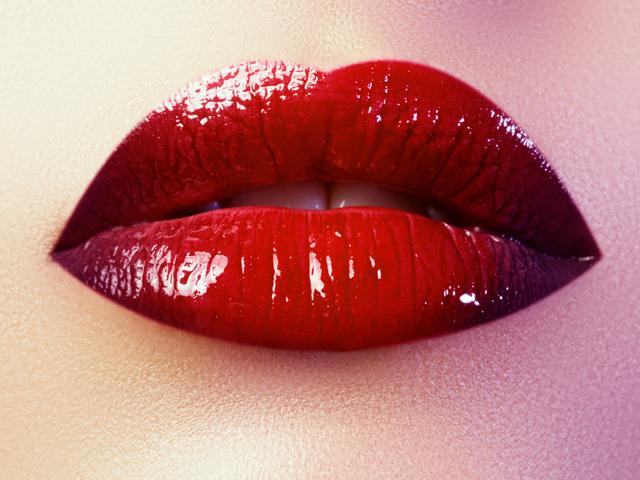
Research shows that the sale of lipsticks in the US increased in the aftermath of 9/11. Lipstick is a great stress buster at a reasonably moderate price. A woman has the choice to alter her appearance, to look brighter and better, by wearing lipstick if she wants to; she can also buy a stick of lipstick within her budget, and in the colour she likes. All of which means that the choice is hers; it isn’t taken away from her.
Covid-19 presents a completely different picture. The choice to wear lipstick is taken away entirely from a woman since masks – and wearing one is mandatory – makes lipstick redundant. Global business transformation firm RedQuanta’s research paper on the economic slowdown resulting from the pandemic mentions the Lipstick Effect: “Faced with a short-term cash deficit, consumers may forego big-ticket retail items like a luxury bag in favour of a small but still premium product like a good quality lipstick.”
Perhaps some renaming of effects is in order. While lipstick has been rendered redundant, there has been a boost in the sale of eye makeup during the pandemic. This is a bit surprising because eye makeup and lipstick are no substitutes for each other. Each has its own role to play in a woman’s life, in the shaping of her personality, and in impacting on her social and cultural life at home and beyond. Social distancing also adds to this intriguing situation.
Every woman who uses lipstick will agree that it makes her feel good. In times like these, she may either look for something to replace it or learn to go without it altogether. “Whenever I have a quarrel at home or feel depressed, I just wrap myself in a lovely dress or sari, dab on some lipstick and step out. I come back refreshed and happy,” says my friend Amrita Soman, who has just retired from her college job. Now she cannot go out; nor can she dab on that lipstick. So she tries to keep her trap shut and avoid conflict.
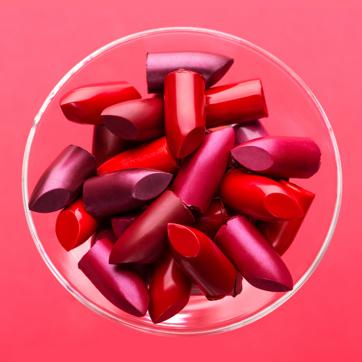
Lipstick makes a powerful statement in a patriarchal society where women were once looked down upon if they wore lipstick as it was worn only by those of supposedly “loose morals.” In the World War II era, wearing makeup sometimes indicated overly-sexualized, manipulated women, as echoed in the words of the uncle in Ann Petry’s short story In Darkness and Confusion (1947). To some, makeup suggested a woman intimately bound to sex, prostitution, and rape, for whom lipstick signified her regrettable victimization. But in this wartime picture, there was also the sort of woman, evoked in the words of army nurse Ruth Haskell, for whom makeup in general and lipstick in particular was a sign of female agency and of sexuality that was disruptive of war time’s masculine codes of power.
In the July 1942 entry for her Leningrad Diary, (trans. Serge M Wolff and Rachel Grieve, 1971), Russian poet Vera Imber, a member of the Leningrad Writers Union, records her flight to the city of Christopol on a tiny aircraft: “I tried to give my pilot – a woman - cigarettes, but it seemed she did not smoke. I offered her half a bottle of good red wine, but no, she did not drink, either. Then after a short hesitation I pulled out a new lipstick, and this, the pilot could not resist. Smiling and embarrassed, she took it.”
In India, women of an earlier era cleverly skirted the lipstick taboo by reddening their lips with paan or betel leaf folded with spices and condiments. Paan is a very democratic aftertaste because courtesans, prostitutes, housewives, spinsters, and aristocratic ladies all partook of it. It was once believed to be sensual and erotic. Today, many men chew paan as an addiction and so did elderly matriarchs like my late mother-in-law.
But back to lipstick, until about four decades ago, an Indian girl’s parents were the ones who decided if she could wear lipstick. Later, after she got married, she would have to follow the dress and cosmetic code followed by the women in her husband’s home. She had no choice about the use of lipstick. Still, over time and across the world, the lipstick became a language of protest, of rebellion and of self-assertion.
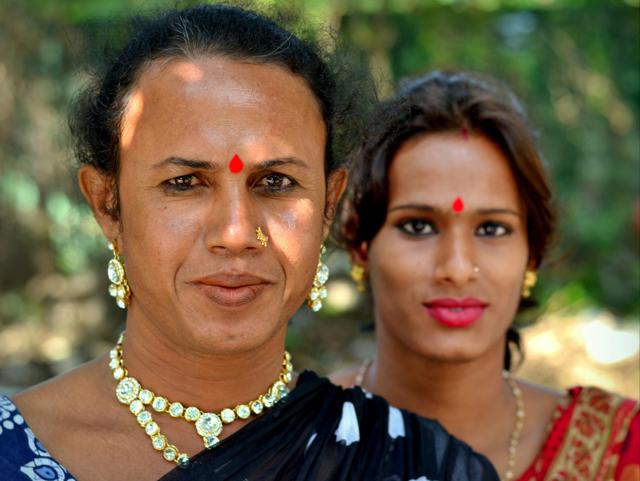
Its potency can be gauged in how transgenders at traffic signals effectively use bright make-up and red lipstick. They dress up proudly and loudly because they revel in drawing attention to themselves, and enjoy asserting their right to look beautiful. And then there are gay men who use dark shades of lipstick to assert their identity and sexual preferences. The little boy in Zoya Akhtar’s Sheila Ki Jawani, a segment from Bombay Talkies, has an instinctive understanding of the power of lipstick when he borrowed his mother’s make up because he wants to dance like Katrina in Sheila Ki Jawani.
First mass-produced in 1915 when American Maurice Levy designed a metal case for the waxy tube, lipstick was one of the few luxuries purchased by Depression-era women in America. Lipstick hit its stride commercially in the 1950s.
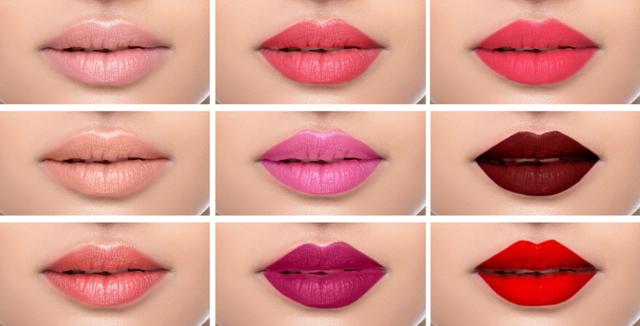
According to Carole Morin, in her column in New Statesman (November 1996): “Lipstick has always been a matter of life and death. Lana Turner died with her lipstick in her hand in The Postman Always Rings Twice. Harry Lime’s girlfriend is reminded not to forget her lipstick by the soldier who arrests her in The Third Man. When noted British novelist Anna Kavan overdosed, there were 50 lipsticks the same colour in her bathroom and enough heroin to kill the street. Kavan’s lipsticks may have looked the same to the policeman who found her, but there are a million shades of scarlet.”
In Satyajit Ray’s Mahanagar, the lipstick functions as a signifier of the changing face of femininity among Calcutta’s Bengali middle-class, especially within the milieu of Arati, the housewife-turned-working woman. Lipstick creates a bond between the Bengali housewife and her Anglo-Indian colleague, who teaches her to use the lipstick she gifts her. Arati looks at herself in the mirror and likes what she sees. It changes her perception of herself but she uses it without her family knowing. When her husband finds it in her purse and questions her, she almost snatches it from his hand and with a flick of her wrist, throws it out of the window. Using the lipstick and throwing it away are both signifiers of her choice.
In Lipstick Under My Burkha, lipstick, for the three out of the four women of different ages, backgrounds, faiths, marital status and education featured in the film, is a metaphor for self-assertion and liberation from patriarchal controls. The two Muslim women do it under the safety of the burkha thereby sticking their tongues out at the forced veil.
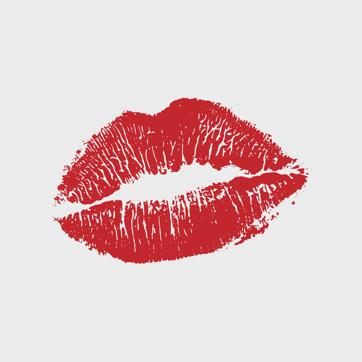
Honoured as one of 12 objects included in the San Francisco Museum of Modern Art’s exhibition (April 18 to August 5, 199) entitled “Icons: Magnets of Meaning,” lipstick has transcended its decorative roots and become culturally indispensable as a quick and affordable way to transform an individual’s image.
Dougherty Delano Page in Loose Lips Sink Ships: Women, Citizenship, and Sexuality in Wartime Culture, writes: “Lipstick is worn for looking good, it is worn for going out and being seen, it is worn for parties, it is worn for work; it is put on privately, at the bathroom mirror, or it is applied publicly, in restaurants and in subway cars. It disguises. Or it amplifies. It is worn for kissing, to seduce. Sometimes it is used as a writing instrument.”
Lipstick is not just a cosmetic. It is an aggressive statement, a mark of identity, a weapon of defence and a beauty accessory. It establishes the identity of a woman in a public space. A stick of lipstick is an object that acquires emotional, cultural and political resonance.
So what is to be done in this era when lipstick has been rendered redundant? One young acquaintance insists that even during within the lockdown when women are confined to the home, they must preen, dress up and wear lipstick. Many are doing precisely this.
Eye make-up might be having its golden moment during this era of masks and social distancing but the lipstick will never go out of style. Of that we are sure.
Shoma A Chatterjee is an independent journalist. She lives in Kolkata.






